After six months of using the Canon EOS 5DS and 5DS R to shoot a variety of subjects, from product photography and wildlife to a wedding, Callum McInerney-Riley reveals how the cameras performed
Canon EOS 5DS and 5DS R field test
- 50.6-million-pixel, full-frame sensor
- Dual Digic 6 processors
- 61-point AF system
- 5fps shooting speed
- 150,000-pixel RGB-IR metering sensor
- ISO 100-6,400
- £2,699 (EOS 5DS, body only)
- £3,199 (EOS 5DS R, body only)
Like many Canon owners, when rumours of a new 5D began to circulate I was rubbing my hands together with excitement for the long-awaited EOS 5D Mark IV. My wish list would include superb autofocus and a full-frame sensor with great detail and high ISO performance, as well as excellent signal-to-noise ratio. However, the specs revealed a very different camera to what I was expecting. It wasn’t an EOS 5D Mark IV but two closely related high resolution cameras – the Canon EOS 5DS and EOS 5DS R.
As I examined the specifications I had a number of questions. First, I wondered why there was a maximum ISO of just 6,400. As a photographer shooting wedding and events, portraits and product photography, I need a camera that can handle various situations – and this seemed to be a limitation. Also, the resolution is huge at 50.6 million pixels, so I wanted to know what would happen when I tried to edit a shoot together with 50.6-million-pixel JPEGs and raw files. Third, I wondered whether there would be a huge difference between the 5DS (with anti-aliasing filter) and the 5DS R (without anti-aliasing filter).
I was curious to see how the new cameras would fare compared to the Canon EOS 5D Mark III, although I am aware they are designed more for landscape, studio and fashion photography. I used both the 5DS and 5DS R for about six months, during which time I shot five product shoots, two events, two lifestyle fashion shoots, an editorial shoot, a wedding and a trip to Scotland shooting landscapes and wildlife. I now have a few answers to my questions.
Canon EOS 5DS and 5DS R field test: Moiré patterning
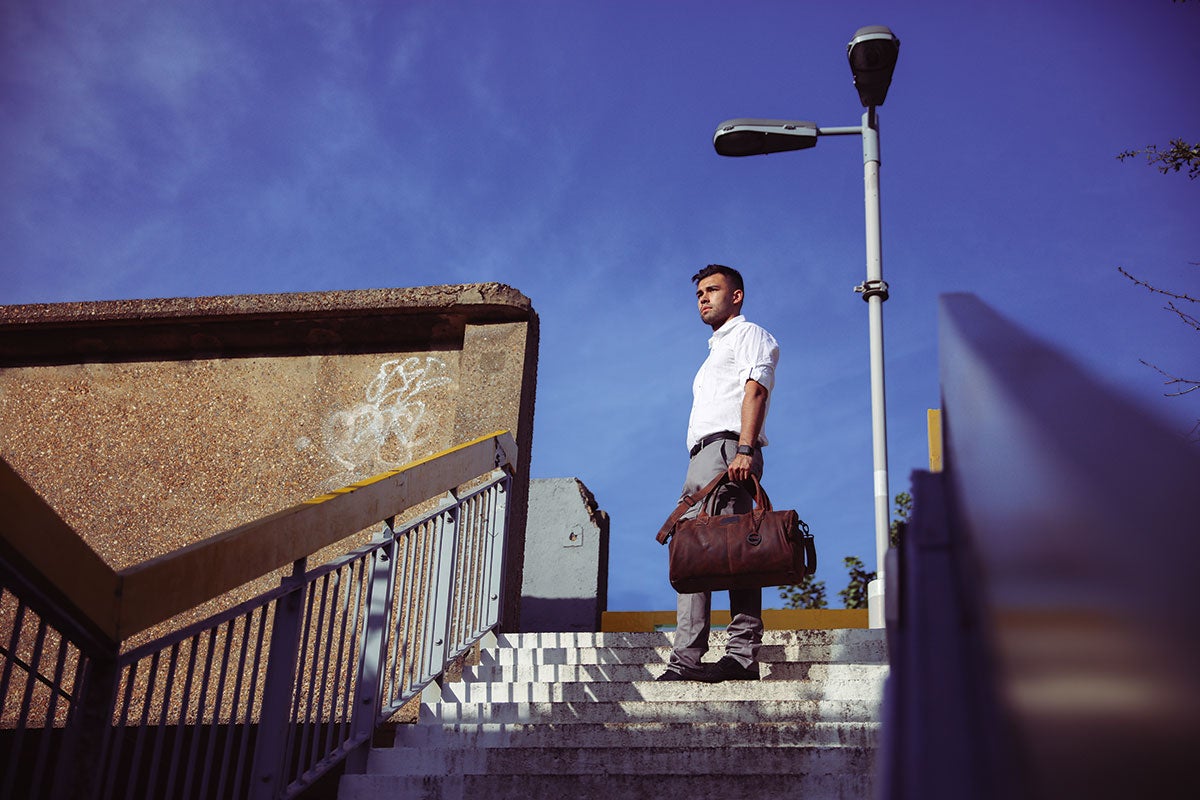
For commercial photographers, the high resolution and detail of the Canon EOS 5DS R are great for both lifestyle and product photography
My first task for the 5DS R was a product-and-lifestyle shoot for a client who manufactures leather and canvas bags. The difference between the 5DS R and the 5DS is that the 5DS R has no anti-aliasing filter. As a result, the 5DS R produces maximum detail but risks moiré patterning when shooting repetitive designs such as those found on fabrics.
That meant using a 5DS R to shoot canvas bags would be totally unsuitable, right? Well, I set up a shot in the studio and rattled off a couple of pictures at a variety of apertures while connected to a laptop. I could see the images popping up on the screen and, to my surprise, there was no moiré patterning. At times, diffraction from the lens can be enough to stop moiré, but even at the sharpest point of the Canon 24-70mm f/2.8 lens I found it wasn’t a problem.
This answered one question for me: if I had the choice of buying a 5DS or a 5DS R, I would choose the 5DS R for the simple fact that it rarely produces any moiré patterning, unless shooting something like a pinstriped suit or very tightly compacted, repetitive building details. I suspect many photographers would rarely encounter moiré and, in my opinion, the advantages of the extra detail outweigh the very low risks of moiré. If I encountered it, I’d either remove it in post-production or stop the lens aperture down to create enough diffraction to stop the effect.
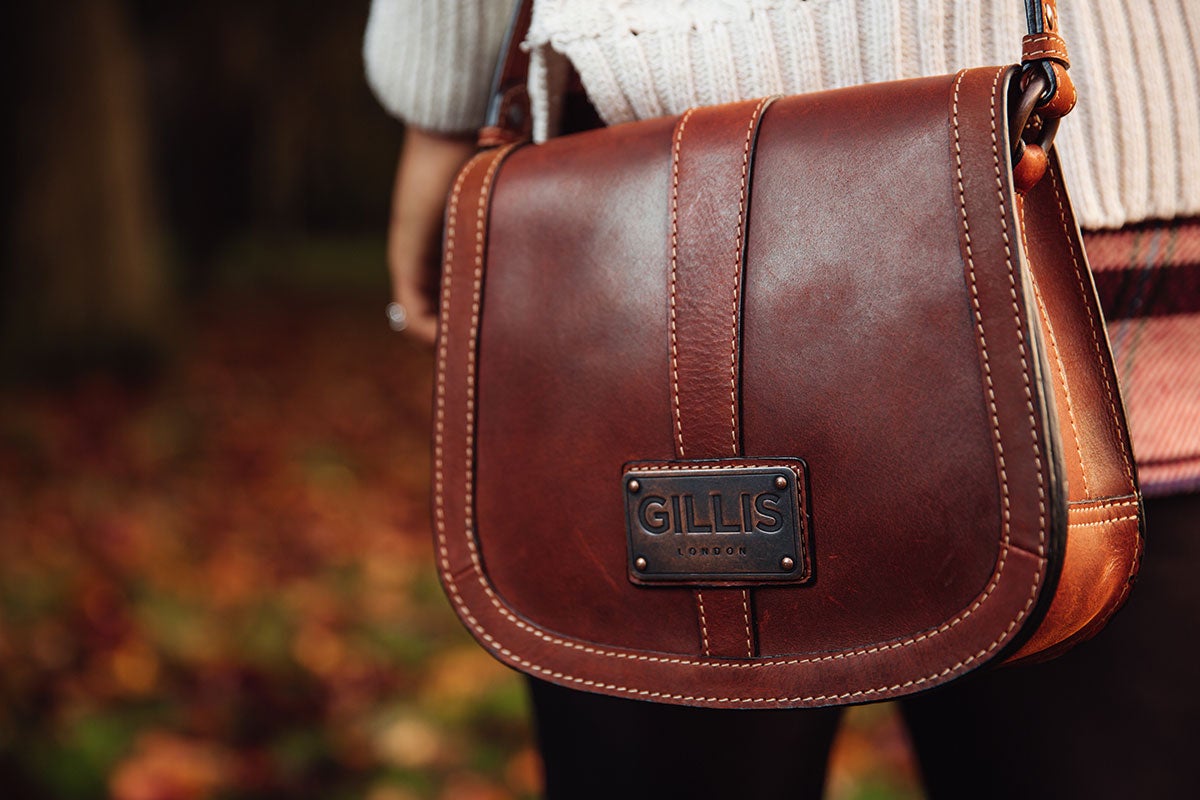
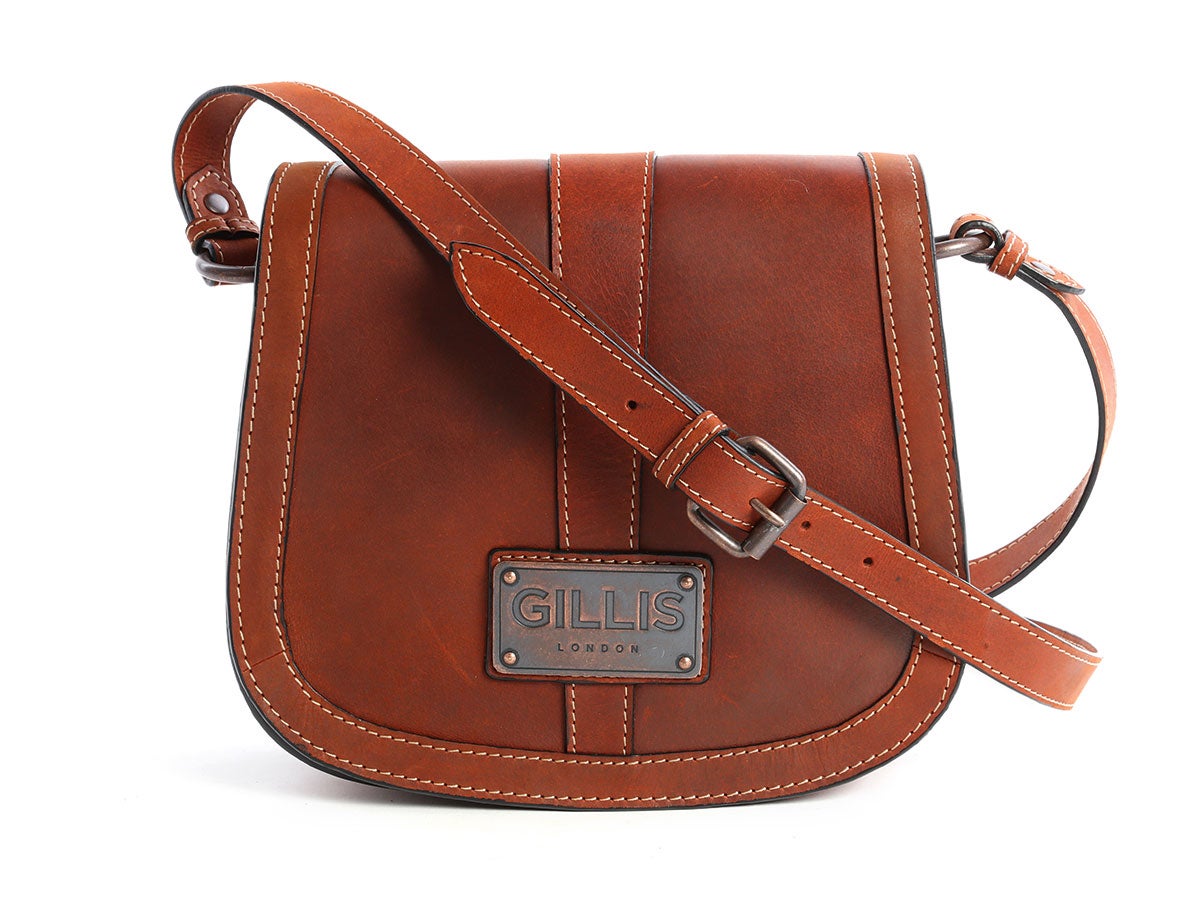
The Canon system includes loads of great flash kit and lenses that are suitable for every kind of photographic shoot. This image was shot using the Canon EOS 5DS R
Once I had finished the shoot, I began to edit the images. Most noticeable was how much more detail could be seen in the shots compared to those from the EOS 5D Mark III. It was astonishing, as every single stitch of a bag was pin-sharp. However, this was both an advantage and a disadvantage. I could crop into certain areas and provide the client with detail shots using a few clicks of the mouse, which is a huge bonus as it cuts out the need to do a lot of extra work. The down side is that you can see everything, including pet hair, biscuit crumbs, sticky fingerprints and whatever detritus you may have transferred while trying to position and style a product, as it’s much more noticeable on a 5DS R image.
Canon EOS 5DS and 5DS R field test: Sensor
For product photography, the high level of detail the sensor can resolve is excellent, and it’s equally great for portraits and landscapes. The 5DS R is an outstanding studio or landscape photographer’s camera, and it currently creates the most detailed images for a full-frame camera. However, there’s stiff competition from the Nikon D810, which boasts a 36.3-million-pixel sensor, although the Canon’s resolution still trumps the Nikon with more pixels to allow for more extensive cropping. On resolution alone, the Sony Alpha 7R II, with its 42.4-million-pixel sensor, is also not far behind the Canon EOS 5DS R in terms of how much detail it can capture.
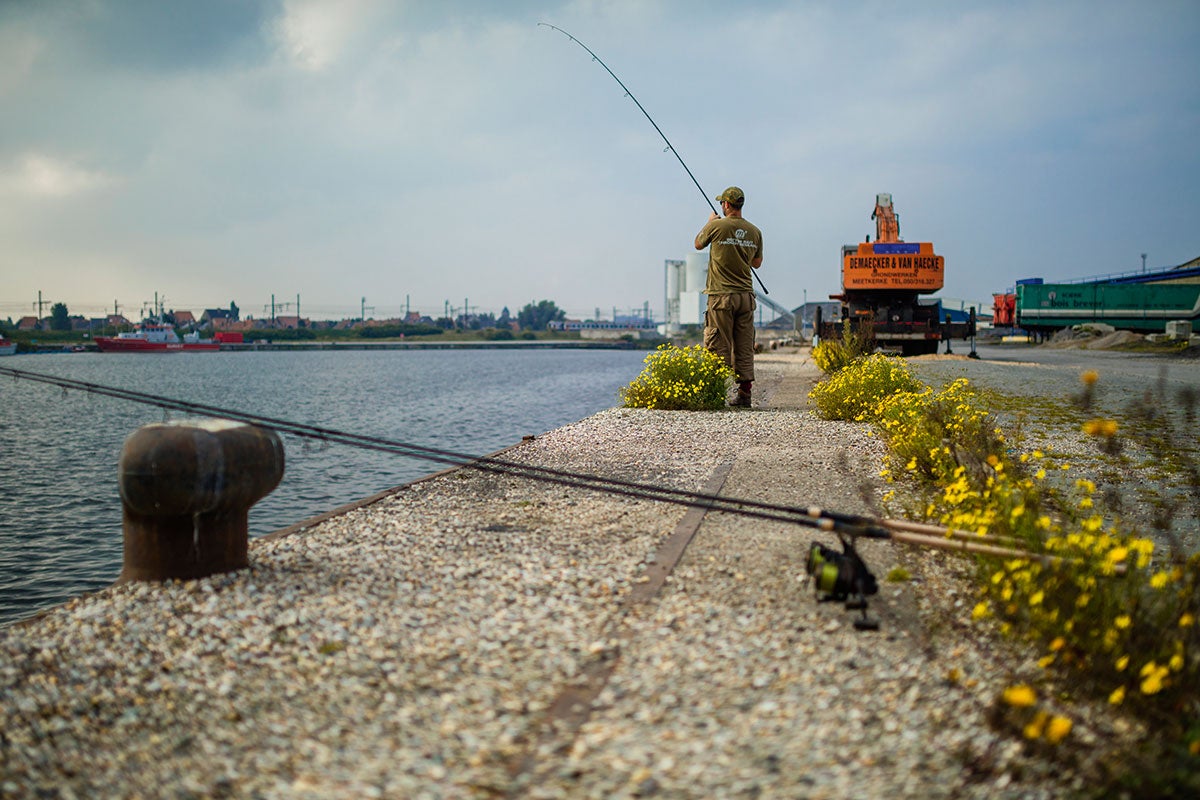
This image was shot using the Canon EOS 5DS. Although the dynamic range isn’t class-leading, for the most part I didn’t feel I really needed any more
The Sony Alpha 7R II and Nikon D810 also have a distinct advantage over the Canon EOS 5DS R in terms of dynamic range. In our tests we found that the 5DS scored a maximum dynamic range of 11.5 stops, while the Nikon D810 scored 12.9 stops and the Sony Alpha 7R II scored 13.1 stops. The Canon EOS 5DS R holds up well through the ISO sensitivity range, but overall the other cameras give better dynamic range performance. When adjusting shadows in post-production or when trying to capture a high-contrast landscape, the Canon is slightly lacking in comparison.
Having used the 5DS R for quite a few shoots, I found I seldom needed a greater dynamic range than it provided. For the vast majority of shots I didn’t find the Canon EOS 5DS R losing highlight or shadow details, apart from in very challenging conditions.
One such situation was shooting a wedding, where I found myself photographing the bride’s dress. There were a couple of locations where I tried to use natural light, but it ended up looking awful, so I opted to hang the dress over a four-poster bed with the bedside lamps illuminating the dress from either side. The scene was ultra-high contrast so I needed to bracket a few exposures and aimed to merge these together in Photoshop or Lightroom to give me a high dynamic range image.
When I got the raw files into post-production software I tried both Lightroom and Photoshop to merge three images to HDR, but the enormous file sizes meant it wasn’t possible. My MacBook Pro, which has an Intel i7 processor, just couldn’t handle it, no matter how many times I tried. It caused havoc and I had to resize the images first, put them all together, then re-import everything into Lightroom. I had to break my workflow to achieve what I wanted, whereas with smaller files I could have done it without taking those steps.

For wedding photographers, the file size of the Canon EOS 5DS R may be a hindrance rather than a help
For any project, shooting a large number of photos in full resolution is quite hard work when it comes to editing. It creates stress on your computer and takes a long time to apply changes, especially on older or low-spec computers.
On an editorial shoot for Horse & Hound magazine, I shot about 300 images, which I whittled down to 60 to send to the picture desk. This took around 30% longer than it would have done had I shot with the 5D Mark III. However, for this kind of shoot I’d rather use the 5DS R as the image quality is better and an extra 30 minutes is a worthwhile trade-off. When shooting a wedding – or any event that requires 500-plus images to be taken and sorted, though – it’s a bit too time-consuming to work with such large files, and I feel the Canon EOS 5D Mark III would be better suited to such situations.
Canon EOS 5DS and 5DS R field test: Pushing the ISO
When shooting an event, on most occasions the client requires small files that they can download and email easily. At the other end of the scale, they may want to print the photographs in A4, but the images are rarely used for anything other than that.
On one particular corporate event, I took along both the 5D Mark III and the 5DS R, but decided to shoot the whole thing with the 5DS R to see how it would perform in low-light conditions. Although it’s not really designed for such situations, I was curious to see how the camera would fare while shooting indoors, in the dark, with people were moving. It required me to shoot mostly ambient light to get natural shots. The idea behind this was simple: although at 100% these files would be very noisy towards the maximum ISO sensitivity, once resized, with a bit of noise reduction and sharpening applied, they would clean up rather well. Resizing to about 25% of the original image (around 12.5 million pixels) is suitable for the majority of clients and this would effectively allow me to resample 4 pixels down to just 1 pixel. This worked brilliantly and I was able to get really good-looking images from ISO 3,200 and 6,400 when I needed to. One of the big advantages of a high-resolution camera is to be able to resize files down to improve the viewing quality.
It seems like a very strange thing for Canon to have made a camera that limits itself to ISO 6,400, and when I looked closely at files at ISO 6,400 I’m confident that the company could have pushed this sensor further. However, there is a fairly big difference between the JPEG and raw images at high ISO sensitivities.
For Canon, JPEG processing is certainly not a strong point, and the Canon EOS 5DS R is a prime example of this. It seems to smudge detail and leave some noise behind, with odd areas showing artefacts. This becomes even more apparent when viewed up close. Much more detail can be gained from processing the raw files in post-production. I found for most shooting situations it was best to shoot exclusively in raw.

This image was shot using the Canon EOS 5DS. While this camera isn’t designed for wildlife, it still does a sterling job of capturing highly detailed images and gives users the ability to crop extensively too
It was during a trip to Scotland that I really got to play with the Canon EOS 5DS in a more leisurely way. I packed a bag with a number of my favourite lenses and followed the river upstream while fly fishing. There’s an abundance of scenic landscapes and wildlife on the River South Esk, which gave me a chance to shoot at a slower pace. I loved the way the camera handled and it excelled outside of a fast-paced working environment.
I took a number of photos of stags rutting using my Canon 100-400mm f/4.5-5.6L lens. I had shot the same scenes the year before with a Nikon D750, 1.4x teleconverter and 70-200mm f/4 lens and, although I got some fantastic images using that kit, I found for wildlife I got better compositions thanks to the ability to crop the image on the 5DS. So long as the ISO isn’t pushed too high, you can crop extensively on a 5DS file and still get an image comparable to most other DSLR cameras without a crop.
I really enjoyed shooting landscapes with the 5DS. The camera is really durable, so I wasn’t too worried about the odd splash of water down by the river, and there are many little things that make this camera great. For example, I think the level gauge is outstanding. With this enabled you can check that the camera is level both horizontally and vertically, and as far as I could deduce it’s extremely accurate.
Canon EOS 5DS and 5DS R field test: Autofocusing

The Canon EOS 5DS R is fast and accurate in continuous and single-point autofocusing
One of the most challenging situations for any camera is a dimly lit first dance at a wedding. I find the 5D Mark III usually only misses a few shots but overall turns out good results, although the EOS-1D X is even more consistent. On paper, the 61-point autofocusing system of the 5DS appears to be better than that of the 5D Mark III, so naturally it had to be tested in a truly challenging environment.
Shooting next to my wedding photography partner Stuart Clinton, we decided to compare the 5DS R side-by-side with the 5D Mark III and found that the best results came from the 5DS R. Even in extreme low-light conditions the 5DS R performs well with both single focusing and continuous autofocusing. In the studio I found that even with just a modelling light on, so long as the focus point could find an area of reasonable contrast the focusing was incredibly accurate and very fast. I would have to say the focusing system on the 5DS R is among the best I’ve ever used.
Canon EOS 5DS and 5DS R field test: Build and handling

The Canon EOS 5DS R is very easy to use. It handles well, is designed to be comfortable and the button layout is sensible, allowing you to take care of everything you need quite easily. The only disadvantage in comparison to other cameras – most notably mirrorless models – is that the 5DS R is fairly heavy. That said, it is incredibly durable and able to withstand challenging conditions. Photographers can be safe in the knowledge that this camera will perform day in and day out.
In terms of body design, the 5DS R is more or less identical to the Canon EOS 5D Mark III. It’s a tried-and-tested formula that has been tweaked through every generation of Canon full-frame DSLRs. If you’ve ever owned a 5D-series model or even a 6D, then you will feel right at home when you pick up a Canon 5DS R.
Photographers tend to take cameras for granted, but Canon has got one of the best layout and menu systems available today. The colour-coded menus are easy to navigate and all the most-used buttons that photographers need are right where you need them. Canon doesn’t tend to pander to the niche market and put a ‘some will use it, some probably won’t’ button on the side, and this is certainly one of the advantages of this camera.
Canon EOS 5DS and 5DS R field test: Final thoughts
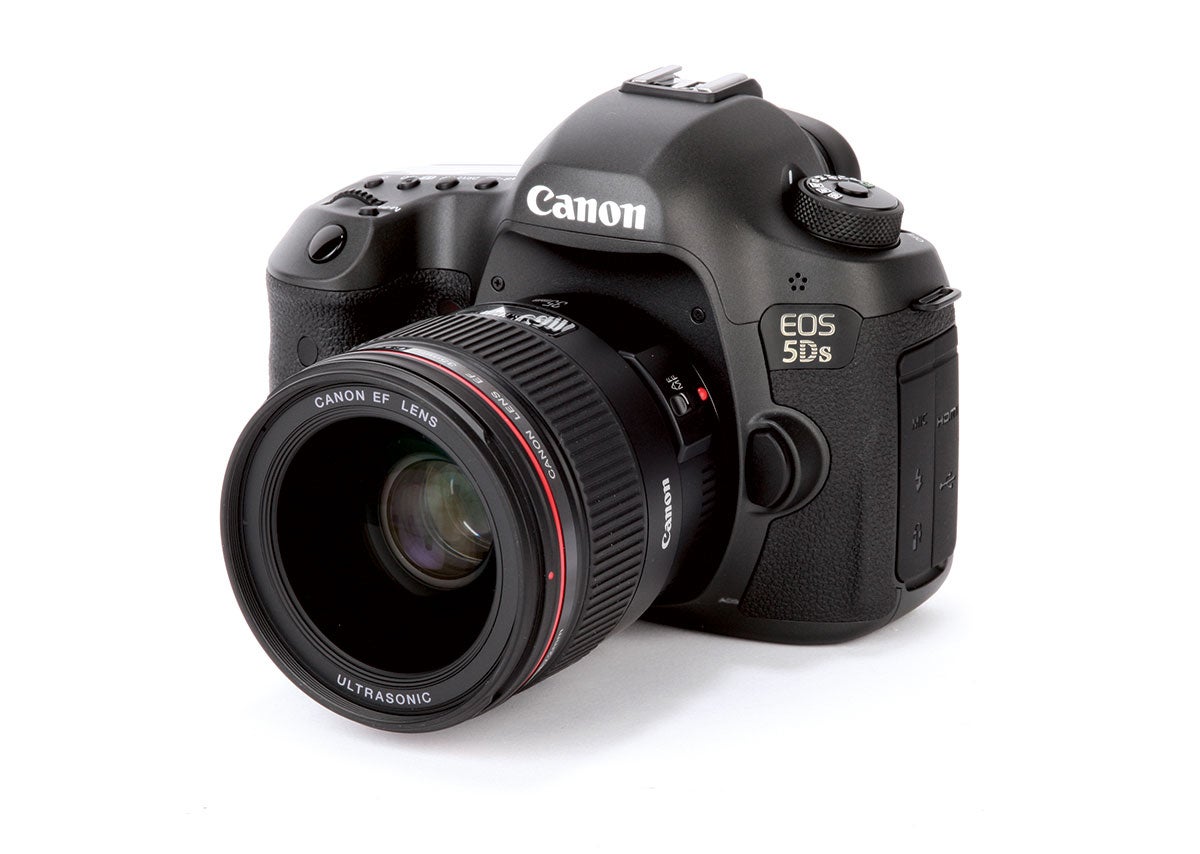
A lot of people criticised the 5DS R when it was announced because it wasn’t an 5D Mark IV. Canon has stated that the 5DS R is not a replacement for the 5D Mark III, but rather a specialist companion to sit alongside it.
I need quick AF, easily manageable file sizes and a very good signal-to-noise ratio, with the option to use high ISO sensitivity settings. I’ve put the 5DS R through a lot of different professional situations and I have to say that it’s done an great job.
With a 50.6-million-pixel sensor, the 5DS R is primarily intended for landscape, fashion, portrait and product photographers. It would also be ideal as a studio camera, or for landscape photographers who intend to make very large prints.
There are a limited number of photographers who really need the features this camera offers, as it occupies rather a niche area. However, in this niche, the camera is incredible. While the massive file sizes and high-resolution images can be burdensome for post-processing and workflow, the quality of the image is outstanding. The quality is currently the most detailed I have seen from a full-frame sensor – in fact, pushing towards medium-format quality. For those who don’t need such resolution, downsampling the image will make images appear much cleaner, image noise will be less noticeable and the edges will appear sharper. This will allow users to push the ISO a bit further if they don’t intend to display their photos as huge images or extensively crop into them.
I was a bit frustrated by the ISO 6,400 sensitivity cap and found myself shooting images at the maximum ISO when covering events. Once the raw images are downsized and a bit of noise reduction and sharpening are applied, the files at this ISO look great. I would have liked to see the maximum ISO sensitivity at ISO 12,800, but this is where the 5D Mark III comes in. I do find it a little disappointing to be a bit ‘undergunned’, though, in terms of dynamic range, as similar cameras have at least a 1-stop dynamic range advantage over the 5DS R.
The 5DS R handles like any Canon DSLR. It has exceptionally good menu systems and the buttons are well placed. The company may have had a troubled past with autofocusing systems, but the focusing on the 5DS R is fantastic. While it’s not as fast as that on the 1D X, it goes above and beyond everything the camera is designed to shoot.
I have used the 5DS R for a range of set-ups and it did a sterling job. There are a few things it’s not so good at, but in other areas it’s top of the class. With such a niche audience for a super high-resolution camera, it’s questionable whether many photographers will need the features it offers, but if the need is there then the Canon EOS 5DS R is an outstanding piece of kit.




